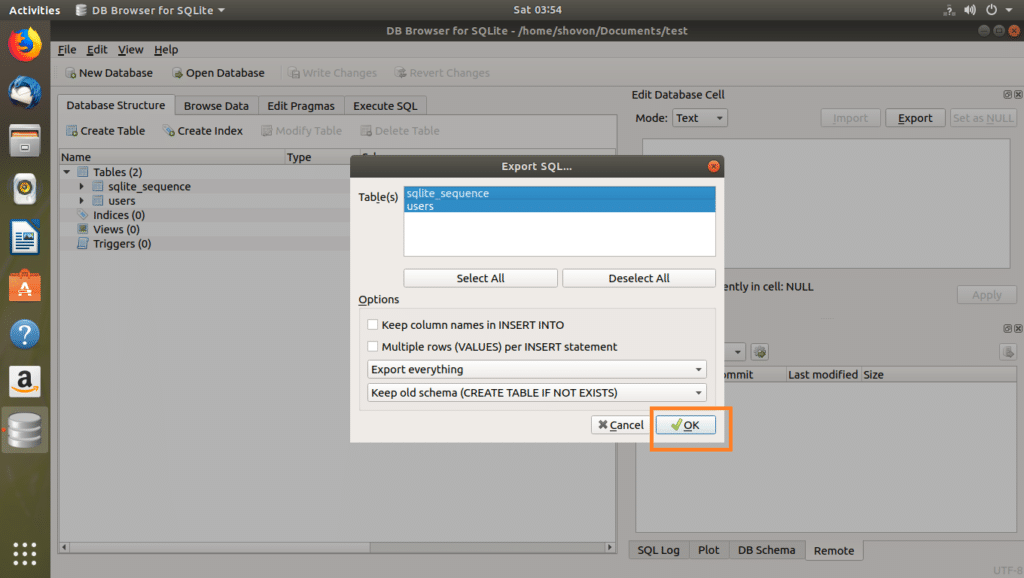

So, the takeaway is that if you must export and later import large SQLite table, first export the database to a CSV file, and use the SQLite command-line utility to import the file(s) into a new database. SQLite DROP TABLE statement is used to remove a table definition and all associated data, indexes, triggers, constraints, and permission specifications for that table. accdb files) to a new SQLite database or overwrite the contents of an existing. import /path/to/your/csv_file.csv your_table_name Our DBConvert/DBSync for Access and SQLite is a powerful set of tools created to simplify the process of migrating and synchronizing data emanating from a Microsoft Access to a target SQLite database. To import a csv file use the following commands: Sqlite3 -header -csv your_db.db "select * from your_table " > your_csv_file.csv To export to csv, use the following command: I learnt that it may be a good idea to export to CSV format, then import it using the SQLite command-line tool. More research showed that there’s an SQLite command-line tool that can carry out imports. On realizing it would take forever, I decided there must be a faster way. I exported to an SQL file, made my changes to the dump, and then tried importing that dump to a new database using DB Browser for SQLite. So at first I thought, maybe I should use the export and import functionality from DB Browser for SQLite. Furthermore, you can find the Troubleshooting Login Issues section which can answer your unresolved problems and equip you with.

LoginAsk is here to help you access Export Sqlite To Access quickly and handle each specific case you encounter.

Usually I use DB Browser for SQLite to manage the database. Export Sqlite To Access will sometimes glitch and take you a long time to try different solutions. By large, I mean a table with very many rows. In this post I’ll sharemy recent experience with importing a large SQLite table.


 0 kommentar(er)
0 kommentar(er)
